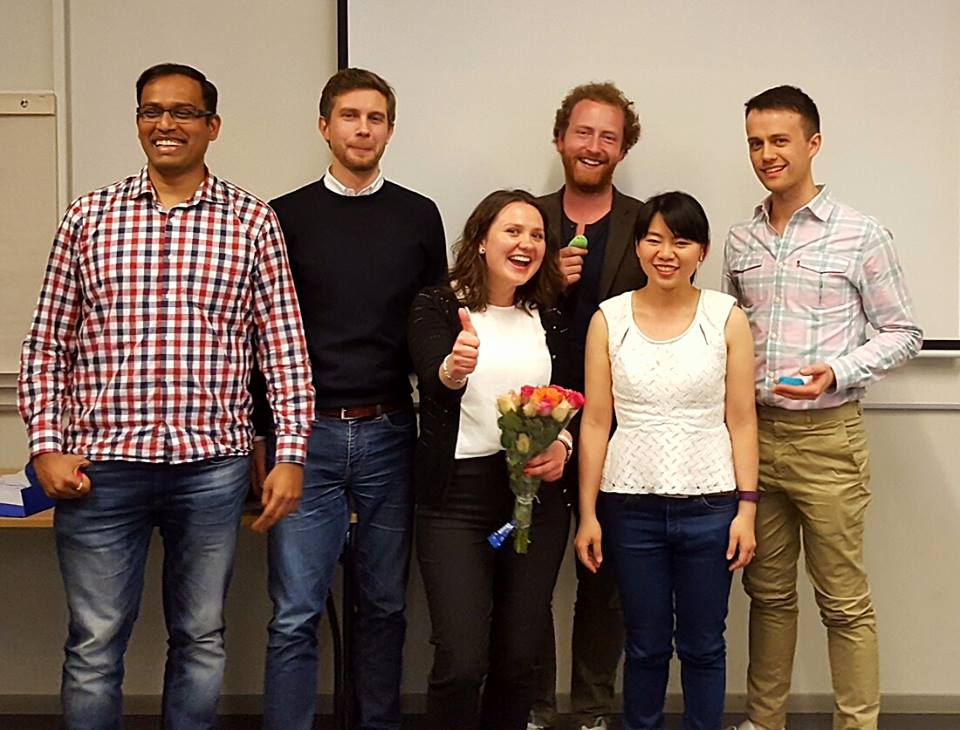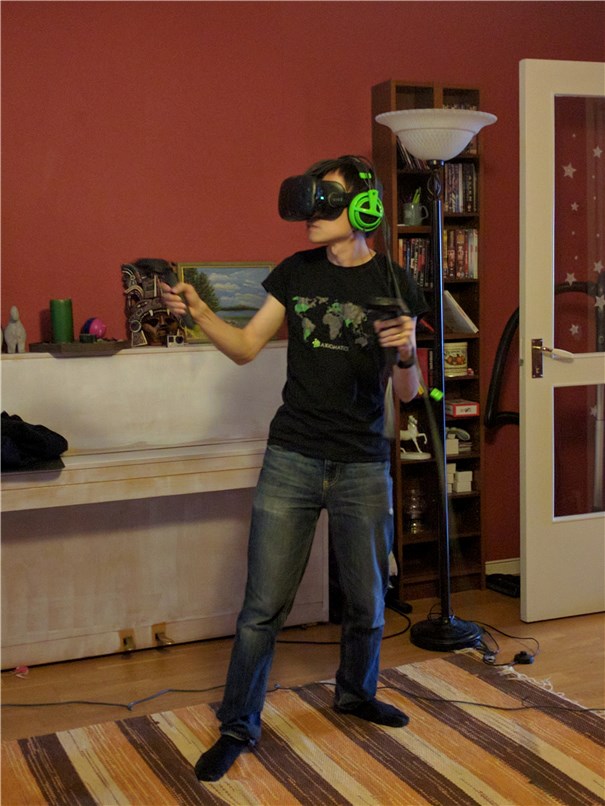Several weeks ago my aunt Dora asked me to rub her back before she fell asleep. I would massage her for ten minutes or so, said my good night, then tucked her in nicely under a blanket. This became a habit, and it turned out to be one of our favourite recent pastime.

The process started with putting a big slab of Vicks VapoRub and layering it on her back. Then I would massage her for some time until she felt comfortable to sleep. On one of the sessions she asked me unexpectedly, “What will you remember of me?”
I took a big gulp and stayed quiet. It was a question I’d mulled over for weeks. How do I summarise years of adoration and admiration of her in a single answer? She was a role model to me. And anyway, what would be enough to please a dying woman in her last few months of life?
I told Dora, “You brought me into your life and helped started mine in Australia. I wouldn’t be able to do that without you.” She looked at me intently, dissatisfied. I knew I should look for a better answer.
She was always the first to everything. The eldest daughter, the first child to get a degree, the first one in the family to make a living overseas. She was infinitely resourceful, she would always find a way to make it work. Just over five years ago, when I got married, she said she was going to make my wedding cake and handle the decorations. I will always remember her hunching over watching Youtube videos on how to make flower arrangements and three-tiered wedding cakes.
When she came to Sydney, she was penniless and without relatives. She became an accountant, held down three jobs to make ends meet. In the 70s, when it was unheard of for women to hold mortgages, she bullied her way in to hold down two. And she made it work juggling all those jobs, and a toddler to boot. She was constantly learning and was constantly evolving.
If she was given another decade to live she would have become a writer. She had spent the last few years unravelling the stories of when the Chinese first landed in Australia, four generations ago. A story that had filled her curiosity for the last decade ever since we visited her husband’s great great great grandfather in Young, who arrived from Malaysia by boat as an interpreter.
Most people overestimate what they can do in a year but underestimate what they can do in a decade.1 She would always find a way to make things work. Would that put a dying woman’s mind at ease? Maybe I should find a better answer. Maybe it was about always getting what she wanted?
Dora knew what kind of mould she was meant to fit into. But she broke the rules and smashed them to pieces. Again and again and again. It happened when she went to med school, most girls at the time only had high school as their highest education. It happened last December when the kitchen was accidentally burnt down. Dora was told by her insurance agency that she wouldn’t have a kitchen for Christmas but within two weeks after the accident, we acquired a fully functional kitchen. It was amazing to watch her relentless focus to call and email people to get what she wanted.
Her willpower was the most evident when she was faced with medical issues. She had her knee reconstruction surgery several years back to be able to travel more after she retired. Most people took three months to walk normally, whereas she started hobbling out of her room by the first week. Being allergic to morphine and all other opioids didn’t stop her, she managed the pain with just panadol!
I believe her willpower was just an extension of her productive routine. The saying went, if you wanted something to be done, you had to give it to the busiest person. This person was obviously Dora. It was a habit, and her habit was to achieve the goal she had set out for herself.
She would always get what she wanted. Would that be enough for the woman I so respected? Maybe I should look for a better answer. Maybe it was about her way of doing things?
It was her way or the highway. When I told her that I couldn’t swim, she said I would learn it in Willougby Leisure Centre the week after. She didn’t ask why I haven’t been able to, or about a drowning incident I had when I was 10. Those were simply excuses. She thought it was important for me to learn how to swim because I needed to clean the swimming pool at home. It wouldn’t be funny if her niece died of drowning in her own backyard, she thought. Amazingly enough, six weeks later, I was able to swim at the age of 17.
She was fixated on doing things her way. She had strong opinions and she didn’t always rub people the right way. But she had always had an opinion, she taught me to always decide consciously what was best for myself first before external events dictated my situation. George Bernard Shaw said, and I’m *definitely * paraphrasing here, “The reasonable woman adapts herself to the world: the unreasonable one persists in trying to adapt the world to herself. Therefore all progress depends on the unreasonable woman.”
And she made a lot of progress. Even two months ago, when Min’an and I just arrived in Sydney, she told us to get a third mortgage, after we already had two. “Killara or Gordon, good areas to buy.” My first thought was “Is she just being unreasonable?”, but the market would probably prove her right.
At the end, I still didn’t have a better answer that evening. I continued with the back rubbing though. I did her favourite massage on her spine. I ran my fingers down the left side of her spine, and up the right side immediately afterwards. She let go a sigh of relief. Then she said, “Ah, you do it best”. I realised that the long flights from Sweden was worth it just for that moment. It was a moment I would cherish forever.
P.S. This script formed a part of my tribute for Dora’s funeral on 19th Jan 2017, just shy of two months before her 70th birthday today. Rest in peace Theodora Widianti Winata, I miss you.
- A famous quote from Bill Gates. [return]



